When using one of those unregulated, isolated DC-DC bricks (its output voltage can be as much as a few volts higher than its rating and varies with load) to power an opamp is a voltage regulator a good idea even if the opamp can handle the higher voltage? What would be some of the benefits of doing this?
1 Answers
What would be some of the benefits of doing this?
Power supply noise regulation is the main benefit - op-amps are good but they won't deal with power supply rail voltage variations without producing some distortion on the output signal. For an op-amp, it's called PSRR (power supply rejection ratio) and tells you (in the data sheet for the op-amp) what effects power line variations might have on the output signal.
The figures in the data sheet usually refer to an equivalent interfering input voltage so, if PSRR is 40 dB (100:1) then 1 volt p-p of ripple or noise on the power rail is equivalent to 10 mV p-p at the op-amp inputs.
PSRR also usually gets worse at higher frequencies so beware of this. But it can be 100 dB (100,000:1) or so at DC.
Using a voltage regulator stabilizes the power rails and reduces noise and ripple therefore making fewer problems with rejection of said interference for the op-amp. However, not all voltage regulators are noise-free; some are a lot worse than others and, in some applications the added noise introduced by a regulator may end up being worse than the effect of ripple should a regulator not have been used.
Pick your regulator carefully if your target circuit is very sensitive.
- 434,556
- 28
- 351
- 777
-
PSRR is typically falling off at the kHz range where DC-DC converters work. Also, there may be other channels for rail noise to get thru to the inputs. A typical virtual ground scheme will give only 6-20 dB PSRR, and since it’s tied to an input, you reduce that by amp gain. – Warren Young Aug 10 '20 at 05:42
